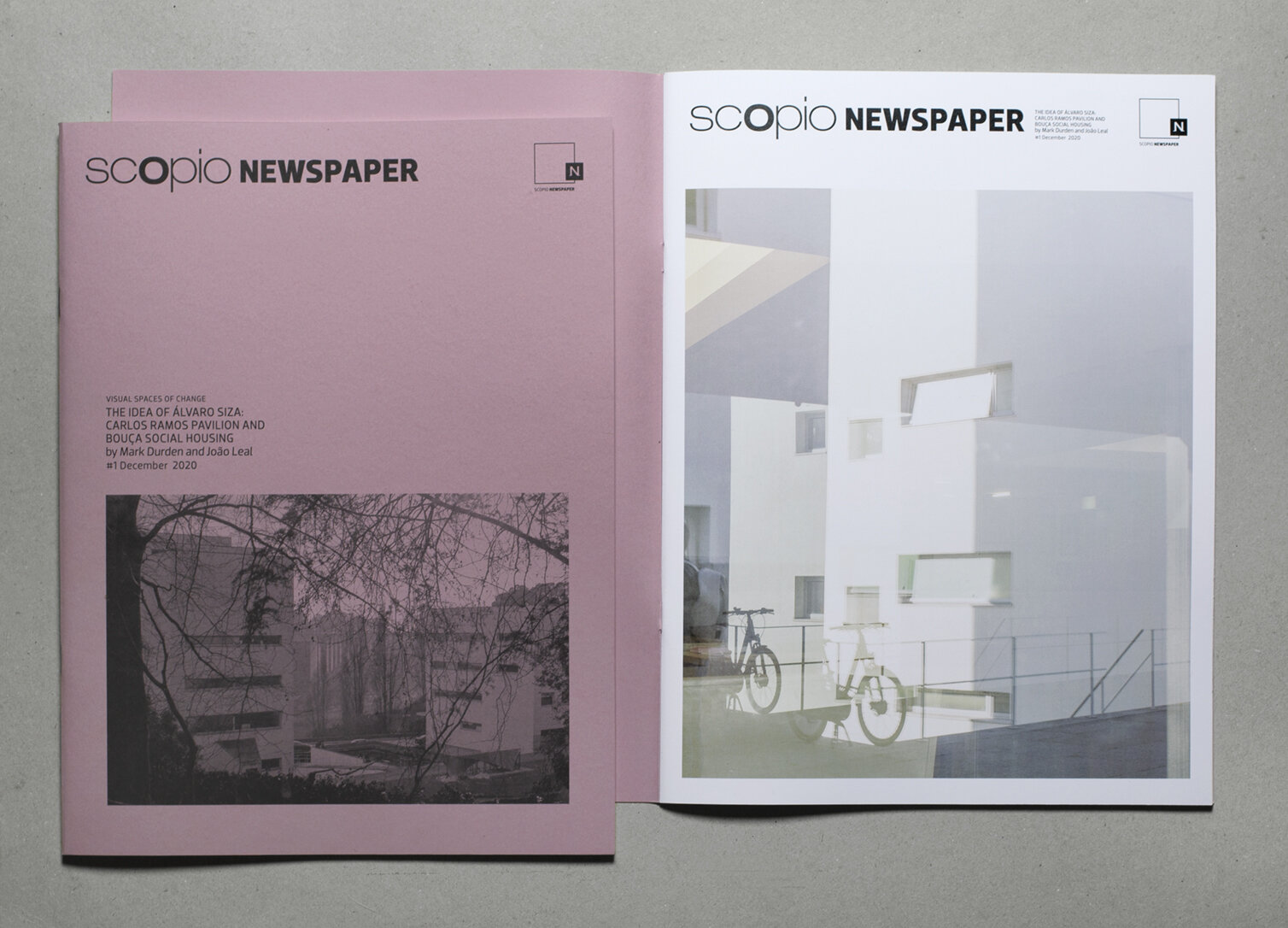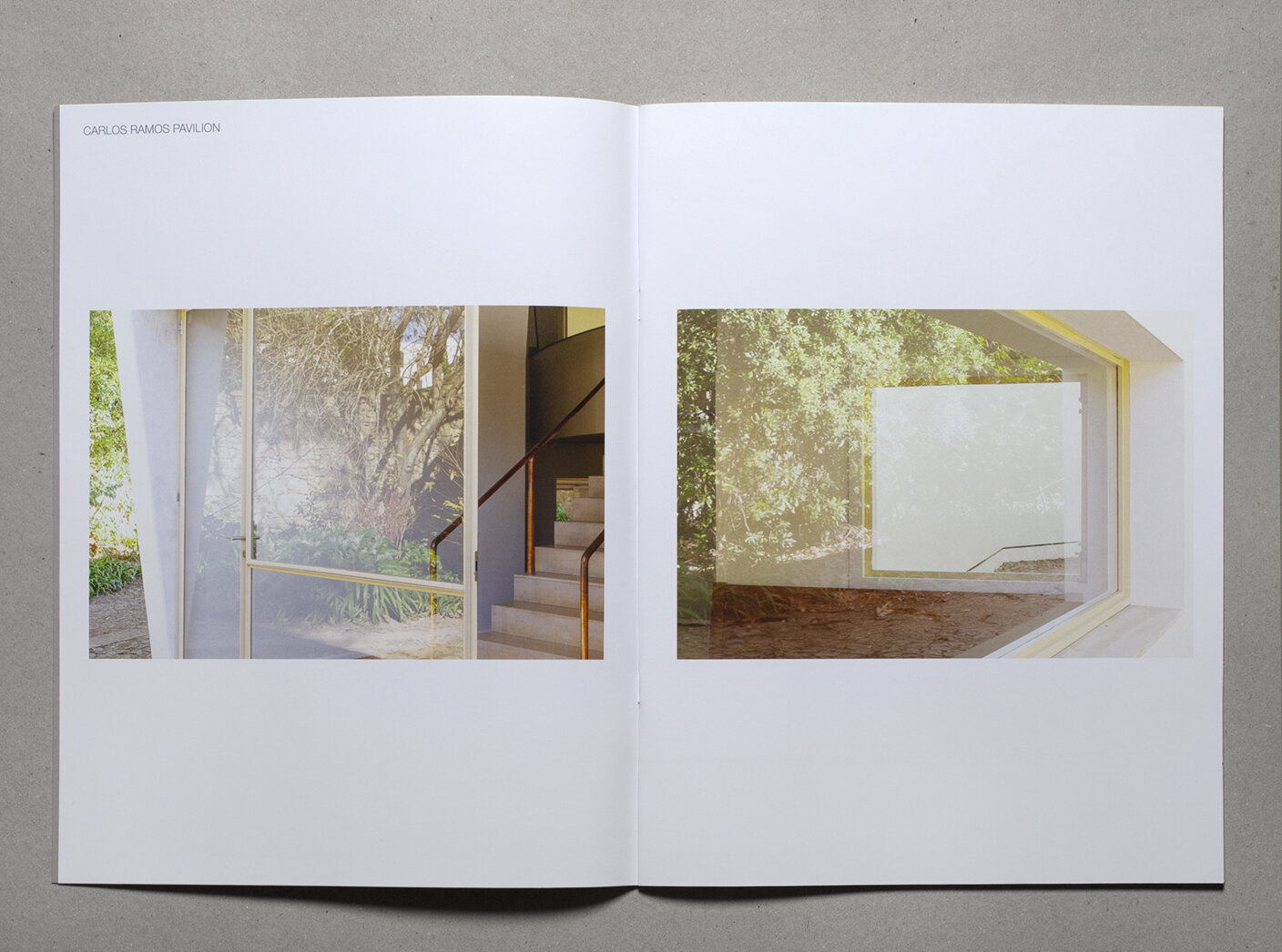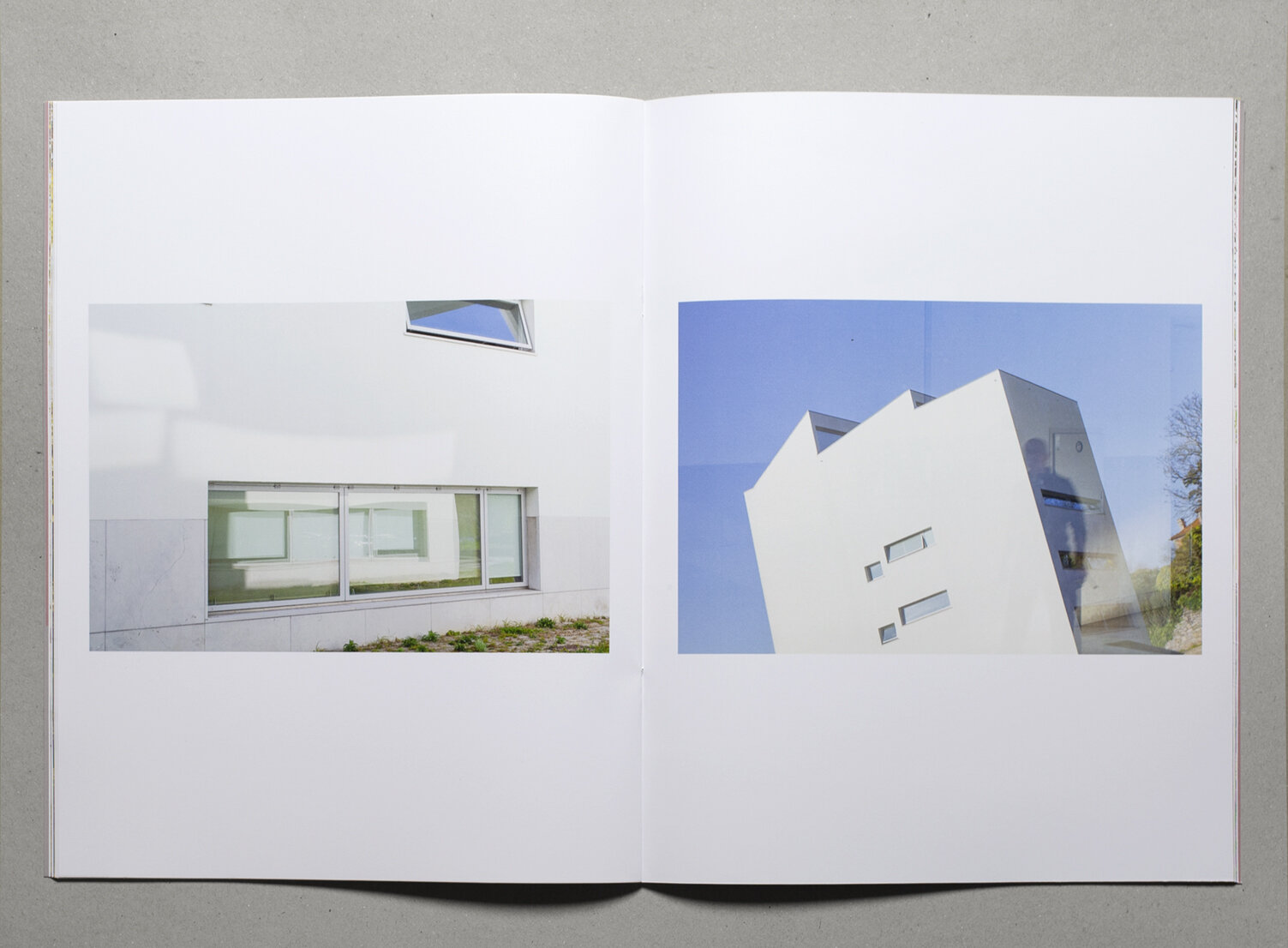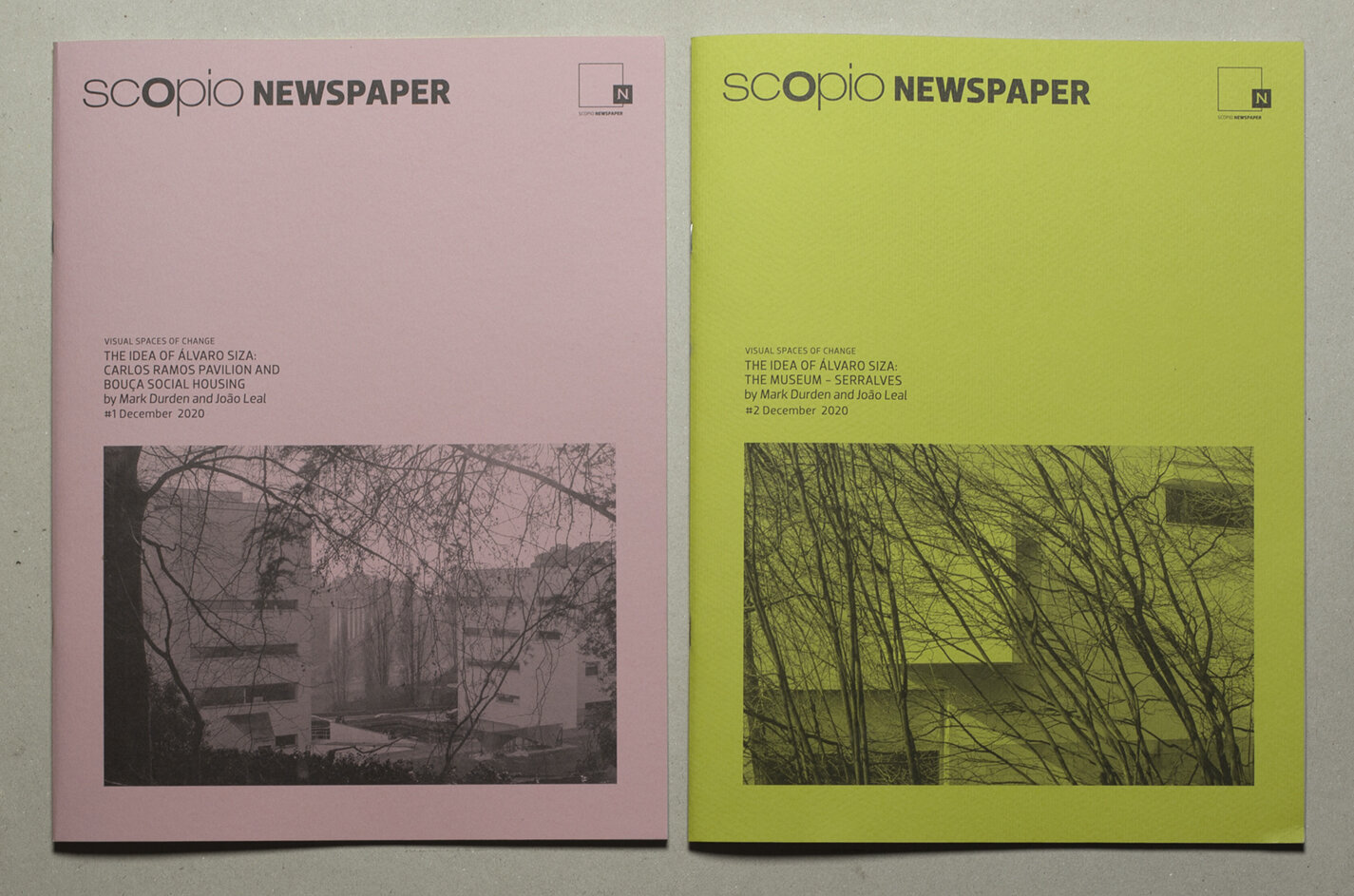Launching soon | Lançamento e apresentação da publicação para breve
THE IDEA OF ÁLVARO SIZA: CARLOS RAMOS PAVILION AND BOUÇA SOCIAL HOUSING by Mark Durden and João Leal
Editorial and Advisory Board
Architecture, Art and Image (AAI) research group Faculdade de Arquitectura da Universidade do Porto
scopio Editions
ISBN: 978-989-54878-4-4
ISSN: 2183-6906
Critical essays
"In praise of light and shadows"
by Nuno Grande
The interaction of light and shadow has always fascinated architects, and even more so since Le Corbusier’s famous quote from 1923, published in Vers une Architecture, in which he describes architecture as “the learned game, correct and magnificent, of forms assembled in the light”. This game, which thus motivated the painters of Purism and Cubism – among whom Le Corbusier would come to be included – contributed in great part to the definition of the aesthetic ideals of the artistic avant-garde in the West in the first half of the 20th century. Associated with the purity of crystal, with the idea of total transparency, and with the blurring of the boundaries between the interior and the exterior, this very same game served as the conceptual premise of (and later as a critical challenge to) the architecture of the Modern Movement.
(...)
The photographic work of Mark Durden and João Leal focusing on Álvaro Siza’s work in Porto – now published by Scopio Newspaper – goes in search of not only this same game of shadows upon the target surfaces of the façades and the interiors of the buildings but also the multiplicity of transparencies and penumbras that unfold through their ample glazed windows.
The photographs do not shun the presence of nature, of the inhabitant, or of the citizen; to the contrary, they seek out these precise moments of the day in which, at the same time, the trees are reflected or cast shadows on Siza’s architecture and in which the human presence-absence is revealed in the objects or graffiti left on it. It is as if, for Mark Durden and João Leal, Siza’s works were blank pages waiting for daily life to be written or printed upon them.
This perspective “upon” the walls or “through” the windows of the building takes on a near ghost-like character, something that is reinforced by its colourless tone, intentionally created by overexposure to the milky light at dawn or dusk. In these images, one feels the spectral presence of Le Corbusier or Adolf Loos – depicted in the fenêtre en longueur, or in the small “eyes” of the Faculty of Architecture building – or perhaps Alvar Aalto or Bruno Taut, in the rhythm alternating between the stairs, verandas and galleries of the Bairro da Bouça. These phantoms “live” there, reminding us that the best architecture is always the result of a revisit with and a crisscrossing of countless memories.
(...)
"A conversation with nature and the temporality of light/reflexes"
by Pedrio Leão Neto
The series start by capturing the geometric forms and elements of some of the Faculty of Architecture of the University of Porto´s buildings and it is clear from the start how light and reflections are the nuclear elements that are explored when responding to the edifices’ poetics and the geometries of the constructed forms. It is in the observation of the temporality of light/reflexes and in reimagining its realms within that the series offers another perspective on the FAUP spaces, one that is renewed, a perspective of a graceful understanding through the distortions and abstractions of the buildings’ structures.
(...)




